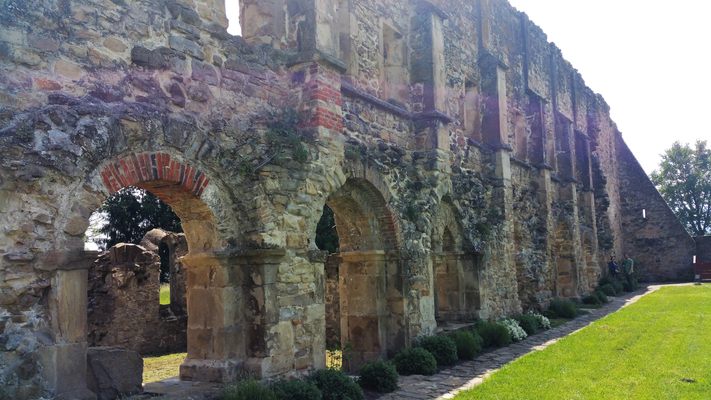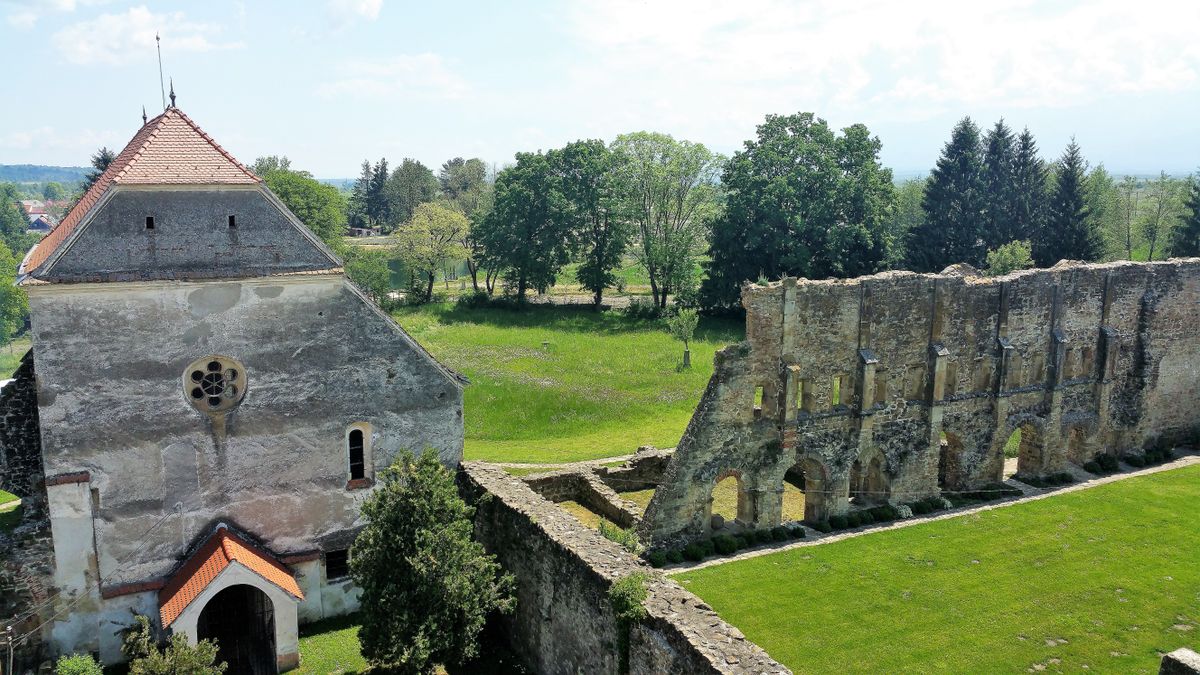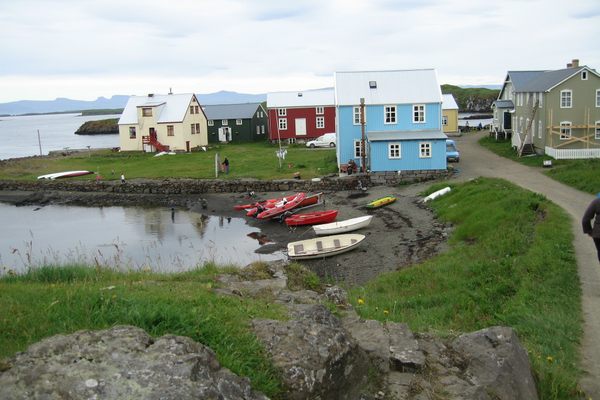About
These haunting medieval ruins tower over the landscape. Though the Gothic church is a shell of its former grandeur, the architecture of this old monastery is still a sight to behold. While wandering around, it’s easy to imagine how it looked back when it was a hub for Cistercian monks.
The Cistercian Order was founded in 1098 by a monk in Burgundy, a region of what’s now France. The “white monks” and their teachings spread throughout Europe. The Cistercian Order reached this region of Southern Transylvania (now part of Romania) in the 12th century.
Construction on this monastery began around 1205. At first, the buildings were primarily made of wood, with one stone chapel built around 1210 or 1215. A large stone wall that stretched up to 12 feet tall wrapped around the complex. It, and some of the other stone buildings, were built in the Romanesque style during the 1230s.
The Mongolian invasion in 1241 caused construction to halt abruptly, and it remained stopped until 1261. By the time construction renewed, there was a stonemasons’ shop in town and a new architect was brought in to build the massive Gothic-style church.
In 1474, Matthias Corvinus, King of Hungary and Croatia, disbanded the monastery and transferred its control and possessions to the Lutheran Church in Sibiu for political reasons. The complex was later abandoned in the 17th century.
Though the main hall of the church had collapsed, the local German community began reusing the complex in the 18th century and installed a large pipe organ in the still-standing chapel. The grounds where the main nave stood now serve as a cemetery, and there is a small memorial for the local soldiers who died in World War I.
The bell tower, built in 1495, still stands. You can climb to the top of the old structure. The stairway is narrow and dark and the steps are worn, but the view is worth the trek. The vantage point lets you grasp the sheer size of the entire monastery.
Related Tags
Know Before You Go
The Monastery can be visited Monday through Saturday from 9:00 a.m. to 6:00 p.m. and Sunday from 11:00 a.m. to 6:00 p.m. for a fee of 5RON ($1.25). It provides parking, toilets, and wheelchair access. The Cistercian Abbey in Cârța, Transilvania, is an attraction included in the Romania: Castles, Ruins, and Medieval Villages trip.
Legends of Romania: Castles, Ruins & Culinary Delights
Discover Romania's Medieval Castles & Culture.
Book NowPublished
August 15, 2018




















































